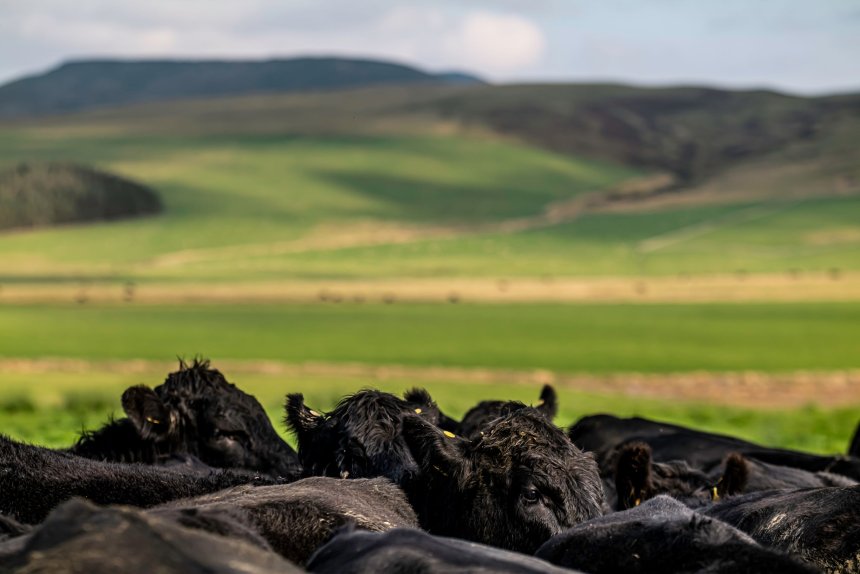
Ambitious plans have been made by livestock farmers to eradicate both Bovine Viral Diarrhoea and sheep scab by 2031, among other goals.
The bold measures were set out following a Ruminant Health and Welfare (RH&W) meeting of 70 farmers and vets, held on 29 June.
The group was established to focus the ruminant sector‘s drive in tackling endemic cattle, sheep and goat diseases across the country.
Sheep scab, now endemic in the UK flock and affecting 10-15% of farms with about 8,000 outbreaks each year costing up to £202m, was one of the most popular topics debated.
Farmers set out co-ordinated control, mandatory annual screening, flock traceability, and vaccination for sheep scab as key objectives on the way to eradication.
Dr Stewart Burgess at Moredun Research Institute said a new vaccine would help in the long term, but interim goals like notifiable or reportable status would create a traceable, sustainable framework.
“The reality is that there are imminent threats and the status quo is not working,” said Dr Burgess.
“Modelling studies have shown that focussing control on disease hotspots not only makes gains in those targeted areas, but can also have a significant impact on sheep nationwide.”
The sheep scab ELISA blood test was a real game changer, he said, as it could detect scab in the first two weeks of infestation and before clinical signs.
A new version is currently in development and will offer on-farm results in under 20 minutes at a cost of under £5.
And a future vaccine is also under development at Moredun: “In its current form it has up to 80% efficacy and will offer sustainable control of scab," Dr Burgess said.
Kate Hovers, of Wales Veterinary Science Centre, added that disease control schemes and health certification for scab offered benefits – both in controlling disease and offering a premium for certified stock.
But she said it was also important to preserve the use of macrocyclic lactones and organophosphates for sheep scab control.
"We need to know there’s an effective treatment available, and we already have scab mites resistant to the macrocyclic lactones present in the UK flock.”
BVD eradication, another priority, is already in progress through different statutory and voluntary efforts in each of the UK's four nations.
But introducing mandatory control will be the next step with co-ordinated messaging and approaches.
Sam Strain, chief executive at Animal Health and Welfare Northern Ireland (AHWNI), was involved in establishing NI’s compulsory BVD programme, and advised that legislation was critical for eradication.
“We live in an archipelago where animals are often traveling across borders,” Mr Strain explained.
“Any control programme needs to have co-ordinated messages between the four nations – being cognisant of international requirements such as the EU Animal Health Law.”
Re-engagement was high on the list of interim goals: “It’s clear that different sectors have their own priorities and timeframes for BVD control which has led to the diversity of UK schemes,” he said.
“Co-ordination between the schemes is crucial to controlling this infection across the UK."
A key challenge is the retention of persistently infected (PI) calves; industry initiatives like making the retention of BVD positive animals a non-conformity for the NI beef and lamb farm quality assurance scheme have made significant contributions to the NI programme.
Another ambition from the meeting was to reduce dairy cow lameness by 30 percent year-on-year.
Steps to achieve this include better utilisation of current tools and policy, with a whole food chain approach, consideration of contextual factors on farm, and the collection and use of robust and consistent data.
Martin Green, professor of cattle health at the University of Nottingham, said that lack of data had been identified as an obstacle.
“Data is needed to better understand the scale of lameness and what is achievable in terms of targets and sustainability year-on-year,” he said.
“Mobility scoring is extremely valuable and encouraging widespread uptake with support and mentoring from the industry will be key in meeting industry targets.”
